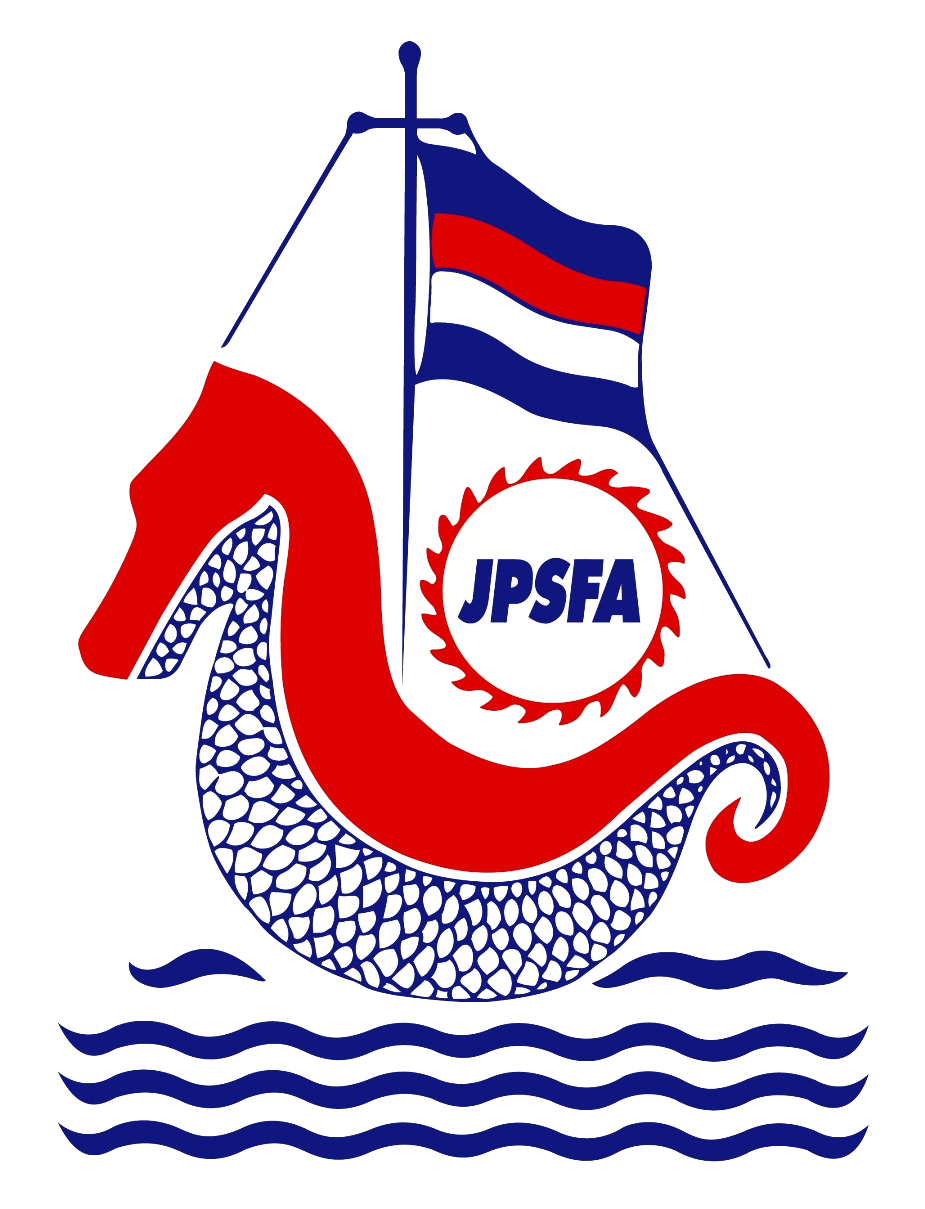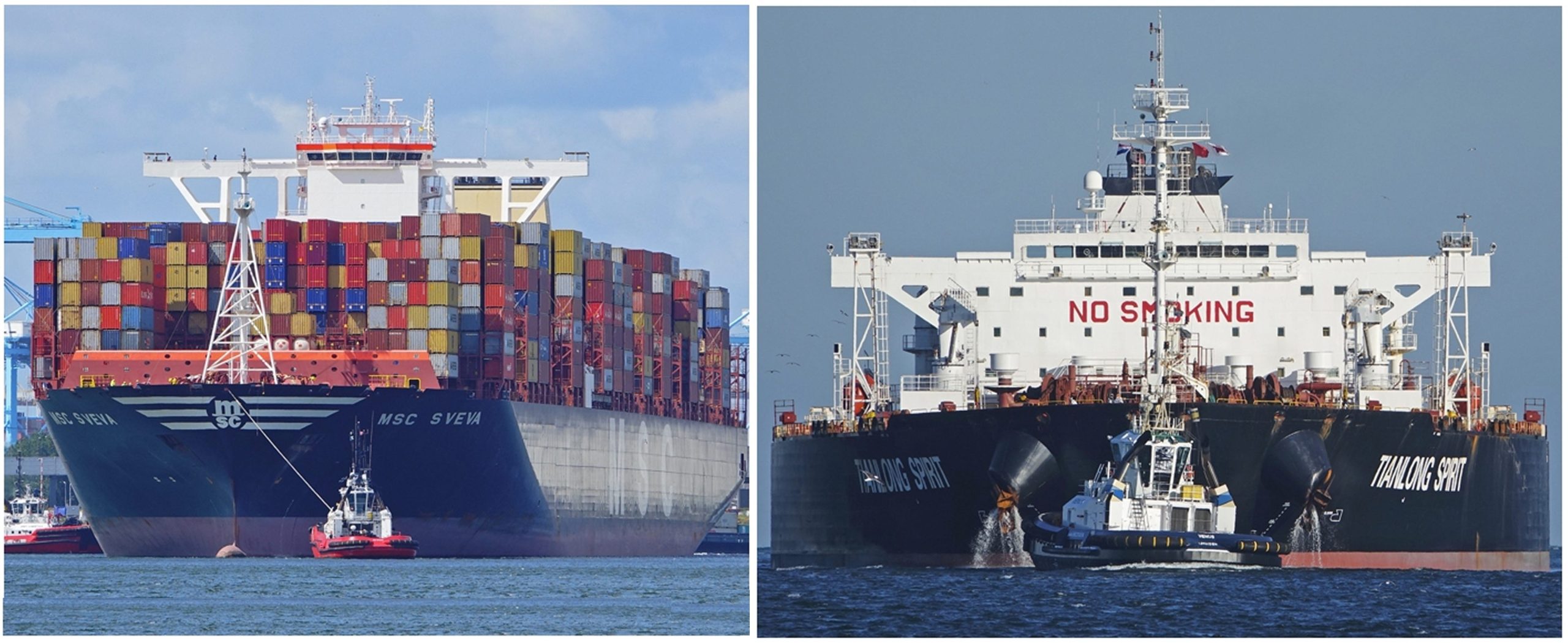Did container liner execs recklessly binge on newbuilding orders, needlessly sabotaging their own bottom lines (and stocks) for years to come?
Are some public tanker companies shortchanging their own shareholders by not returning enough capital via dividends and buybacks amid surging rates and low debt?
Two very different questions, but the answers to both depend on what time horizon you look at. And as Evercore ISI analyst Jon Chappell put it in a recent research note: “Traditional through-cycle owners and shipping equity market investors have vastly different agendas and time horizons.”
Container shipping’s ordering spree
Market watchers and investors looked on in amazement, disappointment and resignation as container line operators used their COVID-era windfall to order a tidal wave of newbuildings – container shipping’s largest-ever orderbook measured by capacity.
The narrative was (and still is): Shipping never learns, it always shoots itself in the foot, killing off its own rate upside via ordering sprees. The unprecedented orderbook put a “sell” rating on container liner stocks.
But take another look from the perspective of the container lines’ time horizon.
Container lines – several of which have explicit government ties or implicit government backstops – plan to be in business indefinitely. If the time horizon of their business plan requires them to order new fuel-efficient ships en masse to supplant older tonnage – even at the expense of years of overcapacity and depressed stock pricing – then so be it.
The best time for liner operators to renew their fleets is when they have ample cash, which, in the history of liner shipping, is a rare event.
Pre-COVID, liner companies suffered through a decade at or below breakeven.
There was a major bankruptcy (Hanjin) and liner losses were widespread. It was not a time for tonnage providers to obtain financing for new ships, for liners to back tonnage providers’ orders with long-term charters, or for liners to order new ships themselves.
As a consequence, the global container shipping fleet was ageing and increasingly inefficient going into the pandemic.
Liners then suddenly found themselves wallowing in mammoth piles of cash, courtesy of the COVID boom. They ordered a record number of new ships and diversified into other businesses (and had so much left over that they also paid out historically high dividends and were still able to retain huge cash cushions for the downcycle).
The new container ships that liner execs ordered during the boom, which are being delivered now, are reportedly up to 40% more fuel-efficient than the vessels ordered prior to 2010. Many are also dual-fuel-capable, “future proofing” against yet-to-be-written environmental regs.
Container lines have been widely characterized as being irresponsible for ordering so many ships, but what is irresponsible – from a multi-decade time-horizon perspective – about renewing fleets that needed to be renewed at one of the few times historically that it has been financially attractive to do so?
Liners can hand back their older leased ships to tonnage providers and scrap the older ships they own to make room for the new vessels. The total of older leased capacity and scrappable owned capacity exceeds the new capacity on order.
It will not be a smooth transition. Lease maturities are not aligned with newbuild deliveries and some shipping lines will invariably compete for market share. Liners will take a financial beating – and liner execs almost certainly knew this when they signed all those newbuild contracts. They’ll give back some (possibly a lot) of the cash reserves they still have left over from the pandemic bonanza. They’ll be mocked for bringing financial pain upon themselves.
But when the dust finally settles, liner operators will still be in business and will boast fleets of modern, fuel-efficient ships that will serve them for two decades to come, courtesy of their surprise windfall from the COVID boom. And that was the plan.
Time horizons for commodity shipping
Bulk commodity shipping owners, like liner operators, think long term. In many cases, they are multigenerational family owners who are willing to make decisions that pressure stocks and investor payouts today in order to lay the groundwork for the next generation’s business. (Even managers of non-family owners think in long-term, through-cycle terms.)
Investors have criticized some public shipping companies for insufficiently generous dividends and/or buybacks, for ordering expensive newbuildings, for keeping too much cash on the balance sheet, and for suddenly diversifying into entirely new shipping segments (or non-shipping businesses). The latest targets of investor chagrin are cash-rich, low-debt tanker owners like Teekay Tankers (NYSE: TNK).
But what upsets equity investors may make perfect sense for founding shipowners with long time horizons, in the same way the container-ship ordering spree looks irresponsible from one angle and arguably understandable from another.
Commodity shipping owners, like liner operators, must renew their fleets over time, and unlike liner operators, commodity shipping owners are “buy low, sell high” cycle timers when it comes to asset plays.
Thus, they not only need to use cash for fleet renewal and to weather the next downturn (as is the case with liner operators), they may also opt to hoard cash to buy distressed assets when the market slumps.
“At some point – and nobody wants to talk about this now – but at some point, we’re going to go off a cliff, and you want to have a whole lot of money to buy all the distressed assets you can at the right time,” said Stifel analyst Ben Nolan at the Capital Link International Shipping Forum in New York on March 11.
Meanwhile, returning too much capital to shareholders at cyclical highs has a dismal track record in shipping.
“We’ve already lived through the full-payout model and it doesn’t work in shipping, given the volatility of rates and the need to use capital for other reasons, such as refreshing the fleet over time,” said Bank of America Managing Director Ken Hoexter at the Capital Link forum.
“The full-payout model is the end of the company,” Hoexter maintained.
The modus operandi of through-cycle commodity shipping owners is: Do not end the company. Stay alive through the downcycles so you are still there to take advantage of the next upcycle, because it could be “the big one.”
‘Responsible’ is not rewarded
“Capital allocation is a bit of a lightning-rod topic in the world of commodity shipping,” explained Chappell in his research note.
“On one hand, there is a view that the [up] cycles are so short … that the only way an investor can be fully compensated for timing a cycle correctly is to be paid generously through dividends or buybacks while the cash inflows are robust.”
The counterargument is that “if cycles are so short, and downturns are usually much longer in duration, upturns should be periods of cash harvest so that no new funds are needed to endure the next downturn and, more importantly, management teams can nimbly invest in new assets at the trough.
“Many owners would consider the latter the ‘right’ or ‘responsible’ path given the inherent volatility of shipping, with the returns over many cycles from this strategy likely to be superior when ships can be acquired at the bottom with cash.”
Alas, shipping stock investors “historically afford much larger multiples to the equities of those companies that reward them with lofty dividends through the upturns,” wrote Chappell.
“’Responsible’ is not rewarded.”
Reference : https://gmjournalist.substack.com/p/the-vastly-different-time-horizons

